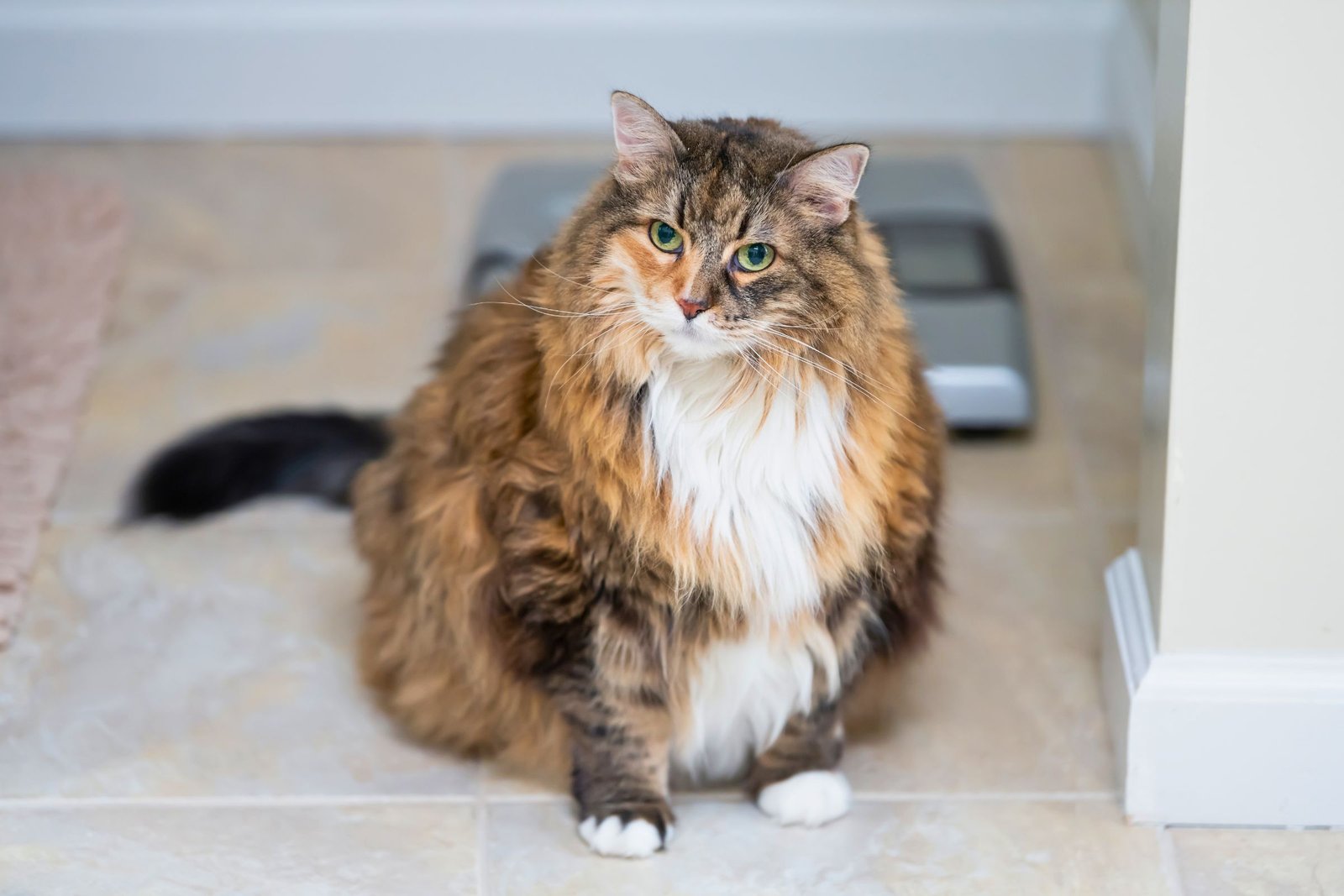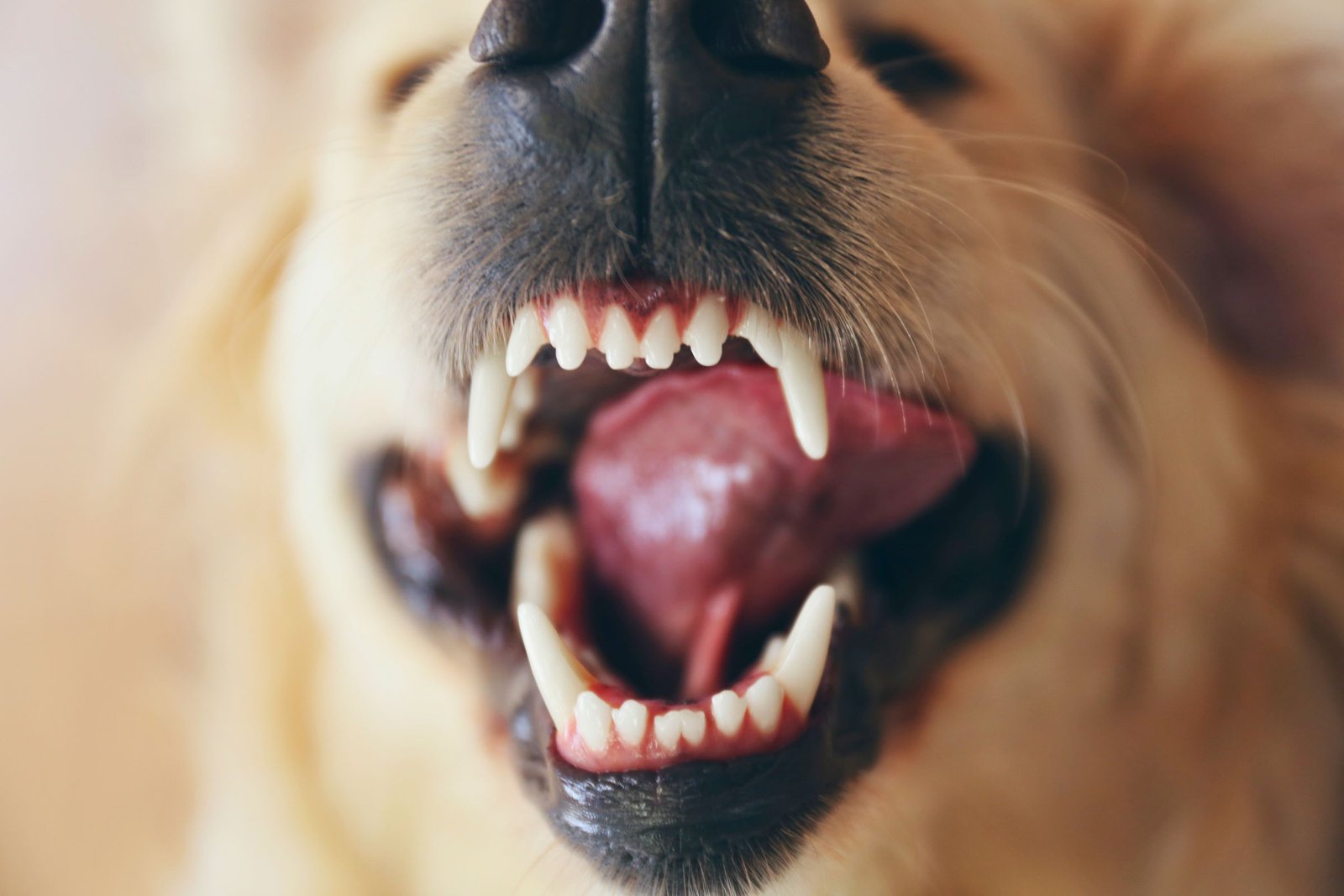Increased Veterinary Costs: The Price Tag of Feline Obesity
While the consequences of feline obesity extend beyond the physical, there’s a tangible financial aspect that cat owners must reckon with – the increased veterinary costs associated with managing the health issues arising from excess weight.
Frequent Veterinary Visits
Obesity-related health issues necessitate more frequent visits to the veterinarian. Regular check-ups become essential for monitoring weight, assessing overall health, and detecting any emerging complications early on. The increased frequency of veterinary visits contributes to a rise in overall healthcare expenses.
Diagnostic Procedures
Managing obesity-related conditions often involves diagnostic procedures such as blood tests, imaging studies, and other diagnostic tests. These procedures are crucial for understanding the extent of health issues and formulating an effective treatment plan. However, they also add to the financial burden on cat owners.
Specialized Consultations
Some cases of feline obesity may require specialized consultations with veterinary nutritionists, behaviorists, or other specialists. These consultations aim to tailor a comprehensive approach to weight management but can incur additional costs beyond routine veterinary care.
Prescription Diets and Medications
Addressing obesity-related health issues often involves prescription diets and medications. These specialized nutritional plans and pharmaceutical interventions are designed to manage conditions such as diabetes, arthritis, or respiratory issues. However, they contribute to the overall financial commitment of caring for an overweight cat.
Therapeutic Interventions
Treatment plans for obese cats may include therapeutic interventions such as physical therapy or rehabilitation exercises. These measures aim to alleviate pain, improve mobility, and enhance the overall quality of life for the cat. While beneficial, these interventions come with additional costs.
Weight Management Programs
Enrolling an overweight cat in a structured weight management program is often recommended. These programs may include regular weigh-ins, dietary counseling, and personalized exercise plans. While effective in promoting weight loss, they come with associated fees that contribute to the financial aspects of caring for an obese cat.
Potential Surgical Interventions
In severe cases, surgical interventions may be necessary. Procedures such as joint surgeries or interventions for obesity-related complications may become unavoidable. Surgical interventions significantly escalate veterinary costs, placing a substantial financial burden on cat owners.
Long-term Medication Expenses
Some obesity-related conditions may require long-term medication. Whether managing diabetes, addressing cardiovascular issues, or providing pain relief for arthritis, the ongoing need for medications adds to the overall financial commitment of caring for an overweight cat.
In conclusion, the financial implications of feline obesity extend beyond the initial cost of pet ownership. Cat owners are urged to recognize the potential long-term financial commitments associated with managing the health issues stemming from excess weight. Prioritizing preventive measures, such as weight management and a balanced diet, can mitigate these costs and ensure a healthier, more cost-effective future for both the cat and their human caregivers.








